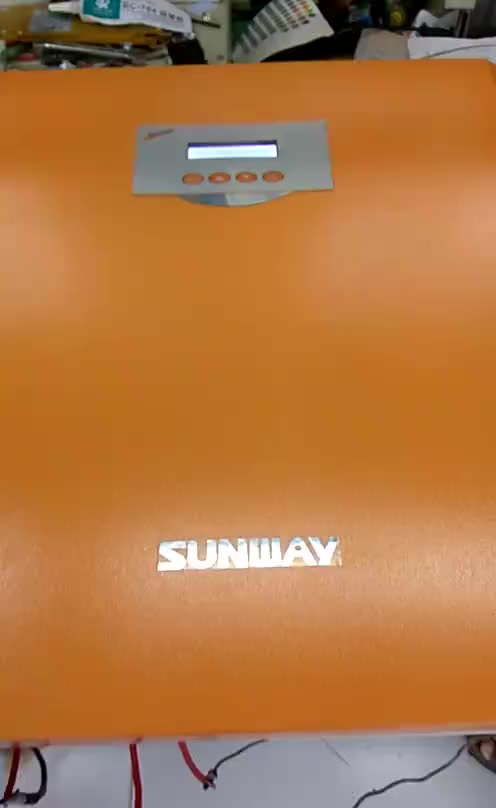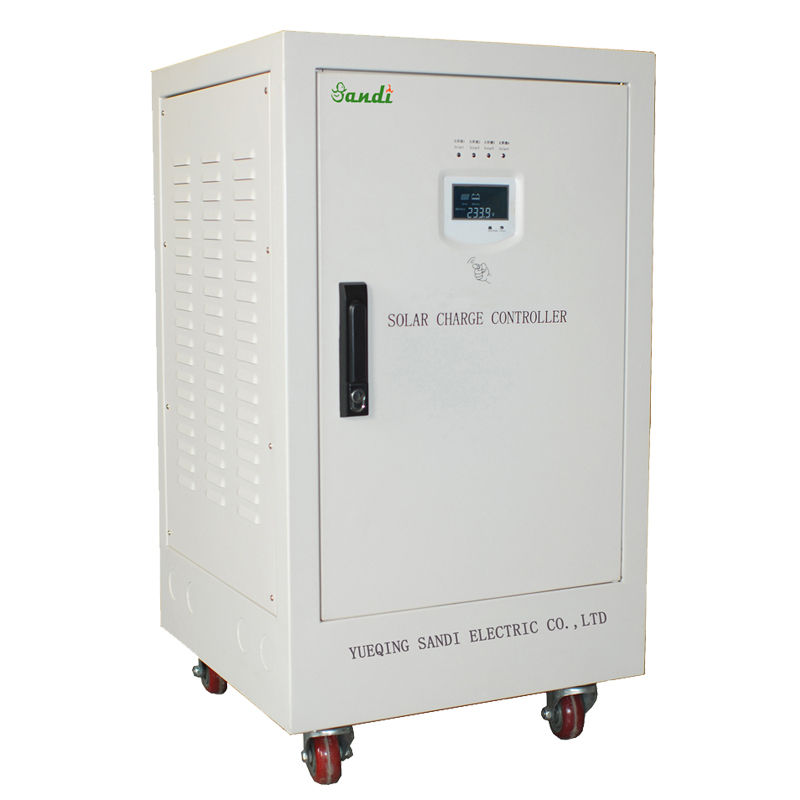

Deciding How to Charge a Battery with Solar Panels MPPT charge controllers are more expensive (50% more, give or take) but are 30% to 40% more efficient in cold climates.

PWM charge controllers are the entry-level charge controllers in the market nowadays. Adjusts them to accept before delivering them to your battery.Monitor the voltage and current injected by your solar panel and.Identify the connected battery’s charging profile.Sure they cost a bit, but for us, they are well worth the convenience and peace of mind. That’s why charge controllers exist: They ensure safe and efficient battery charging. The risk may be acceptable for very low-power systems, but for other solar setups, it is not practical.

Ways to Charge Solar Batteriesīy now, you probably get the feeling that we recommend using a charge controller when you charge solar batteries. It is more likely that your solar panel-battery compatibility issue will stem from voltage ratings. That’s because batteries have high maximum current ratings up to 100A. Now, some of you may be thinking: But this only focuses on the rated voltage? How about matching the current? This is why direct battery charging via solar panels isn’t always feasible. However, here lies the problem-As you can see in some sample solar panel specs we found online, the typical Maximum Power Voltage for 100-watt solar panels falls around 18V to 20V. These values apply to both NMC and LFP lithium-ion batteries and traditional lead-acid, AGM, and GEL batteries. In contrast, 24V batteries allow 24V to 29V. Regarding ballpark figures, 12V batteries can safely charge from solar panels rated between 11.8V to 14.5V. (Tip: If you don’t know your voltage range, you can ask your battery manufacturer about it.) They also come with a “charging profile” that states the voltage range your battery can accept. How Can You Charge Solar Batteries w ithout a Charge Controller?Ĭonnecting solar panels and batteries without a charge controller is doable, but only if your solar panel voltage and current ratings (at maximum power production) fall within your battery’s charging input specifications.īatteries for solar setups are usually rated at 12V and 24V. By matching solar panel output with battery input requirements. Solar charge controllers act as battery protection devices and solar charging optimizers.īut can you charge solar batteries without a charge controller? Depending on your budget and solar setup, you can choose either a PWM or MPPT charge controller. It serves as the bridge between solar panels and batteries. In a nutshell, solar charge controllers act as battery protection devices and solar charging optimizers. Therefore, it’s safe to say that there’s a lot to be gained from knowing the basics of a solar charge controller. So this misunderstanding often ends with a disgruntled buyer or head scratches. Given that solar panels and batteries are both direct current (DC) devices, it’s typical for some people to believe that they are plug-and-play (Hint: They are not). These are the questions we will answer for you today. What are the solar panel ratings you should compare to your battery ratings? What types of charge controllers are there?

How c an you charge solar batteries without a charge controller? If that answers your question, then great! We’re happy to have provided you with the value you need in one shot.īut if you want to learn more about the process, read on as we break it into more digestible chunks-and more bonus information. If they don’t, you need a charge controller, or else you risk permanent damage. So the answer is: It depends on whether your solar panel input voltage and current during power production are within the safe operating limits of your battery AT ANY TIME. Here’s the quick and dirty: A charge controller’s role is to make sure you don’t undercharge or overcharge. “Can you charge solar batteries without a charge controller?”


 0 kommentar(er)
0 kommentar(er)
